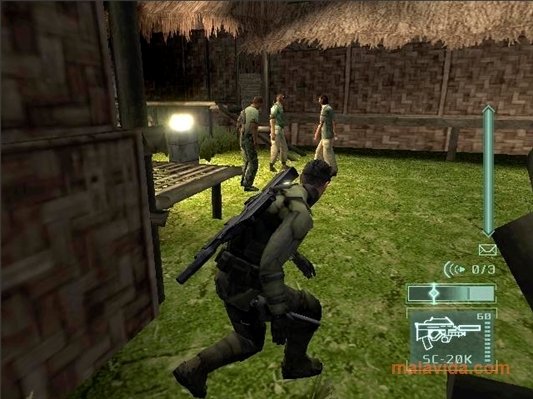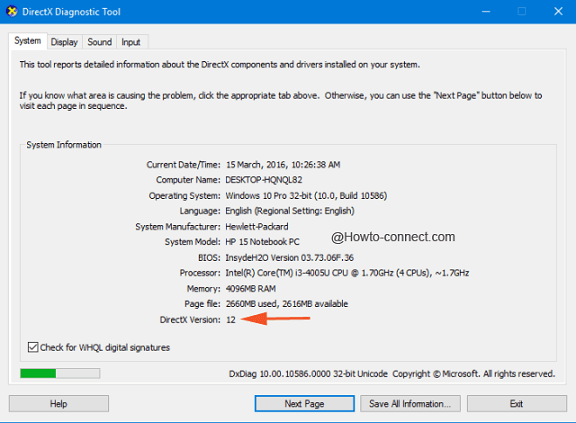
Microsoft is continually hammering away at the graphics technology included in its platforms, and the June 2008 releases are just the latest versions of DirectX 9.0 and DirectX 10.1. This new version meant a substantial change to how new video games were conceived although it soon became outdated in 2009 with the arrival of DirectX 11, and obviously even more so in 2015 with the release of DirectX 12 for Xbox One and Windows 10.New DirectX releases are available for download, tailored to the latest versions of the Windows server and client operating systems including Windows XP Service Pack 3 and Windows Vista Service Pack 1.


It corrected some limitations and flaws present in the previous version, DirectX 9, as well as the performance problems caused by certain processes that generated bottlenecks when it came to processing data, as well as introducing some new features: DirectCompute, which is a language and instructions library to manage all the process threads especially designed for multi-core processors.Īnd in 2006, DirectX 10 was released for Windows Vista, although it was also later adopted by Windows 7.DirectSetup to simplify the installation of DirectX components and elements.DirectShow to play sound and video with network transparency.DirectSound for the playback and recording of audio.DirectInput to process data from the keyboard, mouse, and other controllers and peripherals such as gamepads and joysticks.Direct Graphics to draw images in two dimensions and represent images in 3D.Direct3D for the processing and coding of three-dimensional graphics.It comes along with the following list of APIs for developers and coders:

One of these changes affected the way we understood the multimedia environment of a PC which become richer in all senses.Īnd to boost it, Microsoft decided to release DirectX, a collection of APIs focused on simplifying the work of developers in everything that has to do with videos and video games. Windows 95 meant a great change in many aspects of Microsoft's operating systems, replacing the traditional MS-DOS command console with a graphical interface that made computers much more popular (an interface that was already available on Mac or OS/2).


 0 kommentar(er)
0 kommentar(er)
